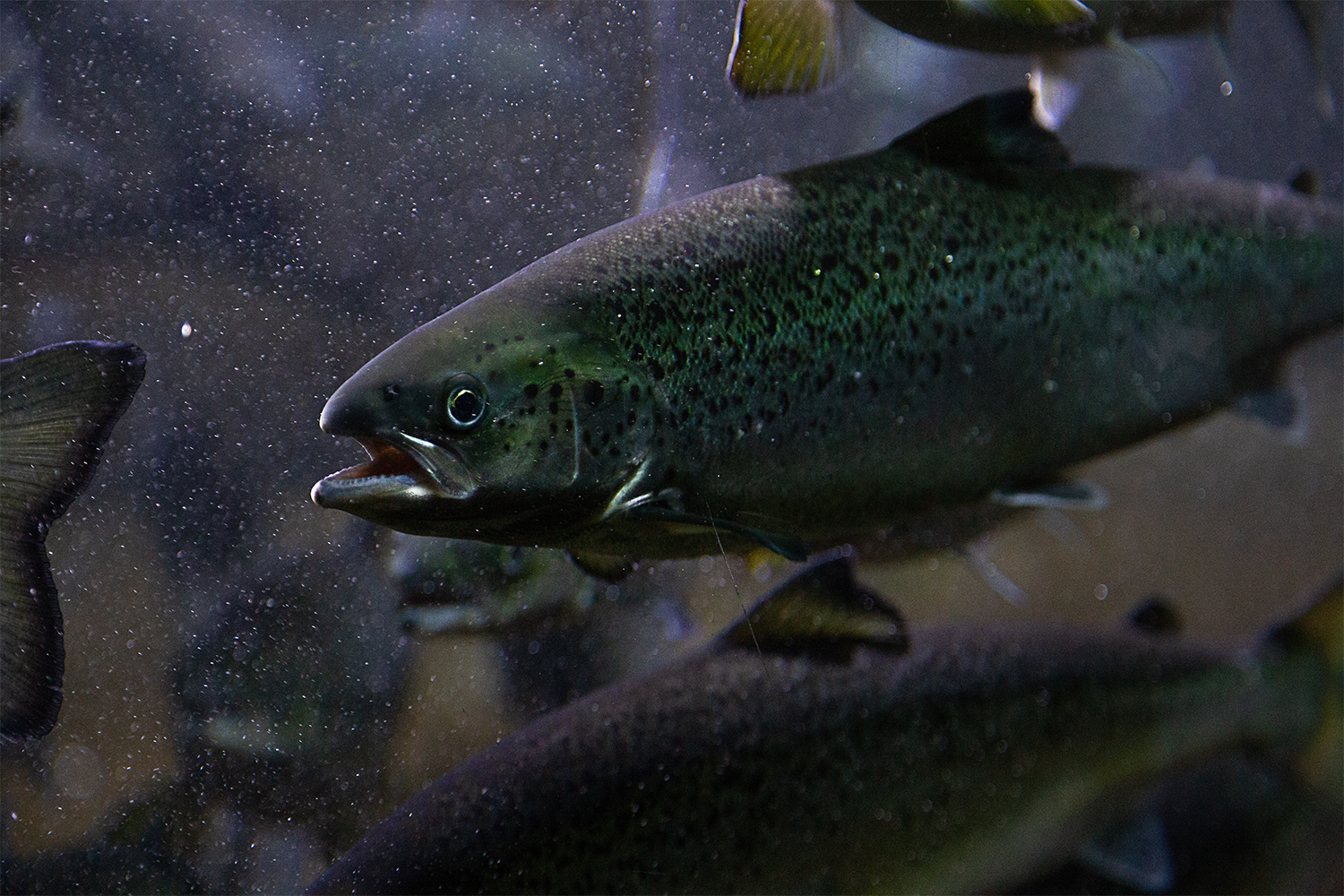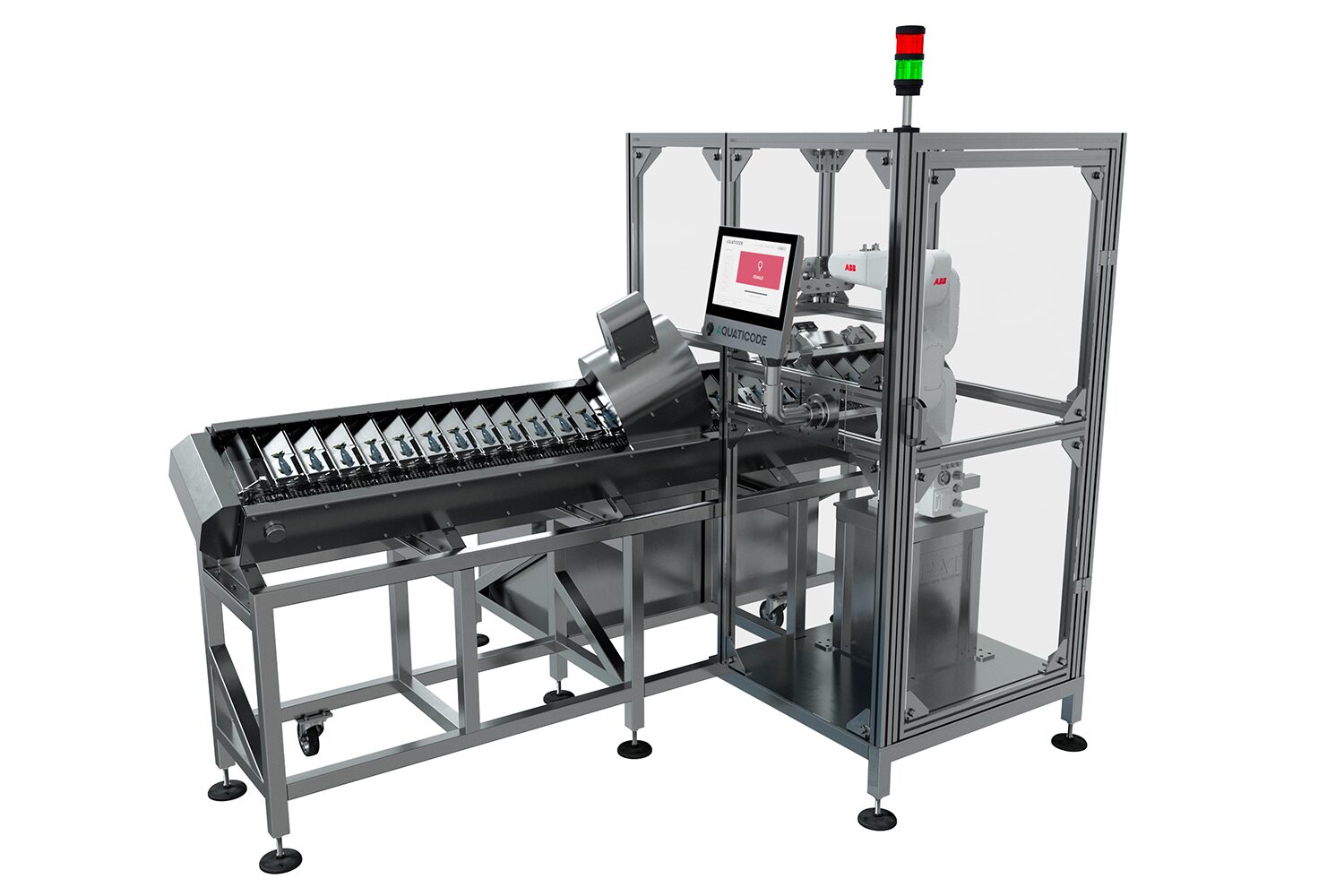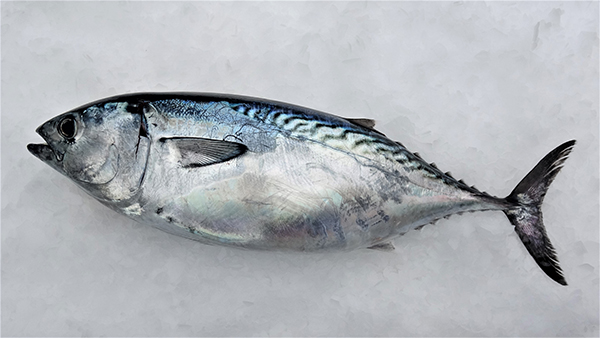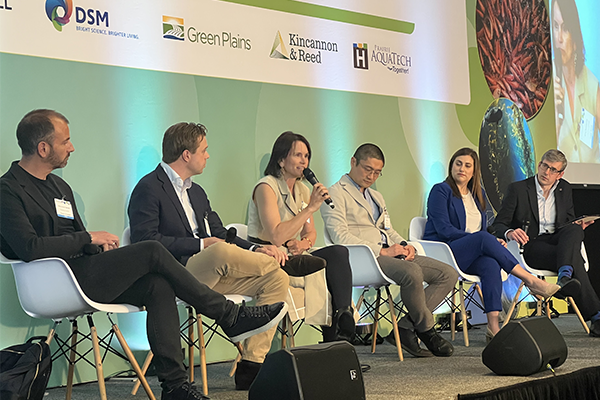Artificial intelligence promises to automate gender-sorting of salmon, yielding enhanced fish quality assessment and production

Salmon can easily tell the difference between male and female fish, but for people working in aquaculture, it’s not as easy. It’s especially challenging when fish are immature, with tiny smolts being the most difficult of all to classify. Today, trained personnel view ultrasound images to spot telltale sex characteristics (like gonads) and sort fish. However, some companies are turning to artificial intelligence (AI) to automate the process of gender identification in aquaculture operations.
“You want to make decisions regarding fish as early as possible,” Stian Rognlid, CEO of AI-focused Aquaticode told the Advocate, in explaining why the company is producing a gender-sorting platform that handles up to 10,000 fish an hour. Aquaticode’s sorter is currently in full production in Chile. “If an expert can see it visually either through a microscope or ultrasound or through some other sort of augmentation, it’s a good target for artificial intelligence.”
Econexus has provided ultrasound-based aquaculture solutions since 1998. It offers a service that does gender identification of smolts using teams of people, with each team capable of sorting 50,000 to 80,000 fish a day.
Now, Econexus is about to deploy its AI-based gender-sorting solution. The first version will be semi-automated and will require less trained personnel, according to CEO Jaime Stange, with field testing starting in June. A more capable and fully automated version will be in the field by the end of the year.
“We have our own artificial intelligence system and it’s working really well,” Stange said. “But it’s just the first step. For us, the sex-sorting is just one of 10 or 20 more applications that are really useful in aquaculture.”
Similarly, Aquaticode’s Rognlid predicted that gender-sorting is only the beginning. The information provided by the imaging systems can identify at an early age those fish that have diseases and other problems that will hinder growth. Stange said these improvements in fish quality come early on and before the fish enter the grow-out phase.
Gender sorting by itself can be useful. Rognlid noted that male salmon mature faster than females, allowing more frequent harvesting. What’s more, females produce more fillets than males and their flesh color differs from males. So, producers can sell the males into the whole fish market while the females go into fillet processing.
Einar Wathne, an aquaculture industry expert and an advisor to Aquaticode, noted other benefits from separating the sexes: “Reduced stress can improve feed intake and thus growth. Reduced stress may also improve animal welfare. Since males and females differ slightly in shape and meat color, you may use these traits in production and sales planning.”

Sorting depends on detecting sex-based differences, typically immature gonads in males, in smolts that may weigh 65 grams or less. This involves ultrasound, with high-frequency sound generated by a speaker penetrating the fish. The sound reflects off internal organs and structures before traveling back out, where a microphone detects it. The result is an image of the insides of a fish.
Traditionally, spotting gonads in the image has taken a trained eye. Thus, teams of skilled technicians take turns studying the images and assigning a gender to smolts.
AI substitutes a model developed using machine learning for those experts. Working from a comprehensive training set of images of fish with and without gonads, the technology creates a model that categorizes fish as either male or female. According to Rognlid, imaging happens while the fish are sedated, typically immediately after vaccination. The accuracy, he said, is better than 99 percent versus the 90–95 percent achieved by a human-based approach.
Stange, on the other hand, doesn’t yet think AI systems are better than human ones. He does add that automated systems will eventually – and perhaps soon – perform as well or even better than people.
Wathne noted an operational drawback to gender-sorting. Extra tanks will be required to hold the male and female fish after separation. Those tanks will take up space and add cost at the sorting stage. Extra tanks may or may not be needed as fish progress through production.
Rognlid pointed out, though, that the ultrasound images provide information about the internal organs and structure of each fish. Combining that data with external images captured in the visible provides extra information. Adding an infrared camera would further increase the data generated. An AI system can use these images for culling fish that have disease markers, indications of mineral accumulations or other signs that are not likely to grow the fastest or be the healthiest, and thus, fall short in terms of production.
Gender-sorting systems can provide a wealth of information, Rognlid said: “We actually get a very, very good snapshot of each fish in that facility both externally and internally.”
Now that you've reached the end of the article ...
… please consider supporting GSA’s mission to advance responsible seafood practices through education, advocacy and third-party assurances. The Advocate aims to document the evolution of responsible seafood practices and share the expansive knowledge of our vast network of contributors.
By becoming a Global Seafood Alliance member, you’re ensuring that all of the pre-competitive work we do through member benefits, resources and events can continue. Individual membership costs just $50 a year.
Not a GSA member? Join us.
Author
-

Hank Hogan
Hank Hogan is a freelance writer based in California who covers science and technology. His work has appeared in publications ranging from Boy’s Life to New Scientist.
Related Posts

Intelligence
Artificial intelligence is taking fish farming (and sushi) in Japan to greater heights
From artificial intelligence to remotely operated vehicles, new technologies offer Japanese aquaculture improved efficiency and insights into fish farming.

Intelligence
Artificial intelligence successfully predicts toxic algae in UK seafood
Molecular biology-based approach with artificial intelligence can predict a rise in toxic algae weeks earlier than the microscope method.

Intelligence
AI is becoming an ‘integral part’ of fisheries management and seafood processing
Artificial intelligence (AI) is playing a larger role in seafood, as data is at the heart of the so-called fourth industrial revolution.

Innovation & Investment
‘We have 15 years to fix this planet’: Blue Food Innovation Summit explores potential of restorative aquaculture – and the challenges to scaling
At the Blue Food Innovation Summit, discussions centered on restorative aquaculture’s potential and financing the ocean’s capabilities.


